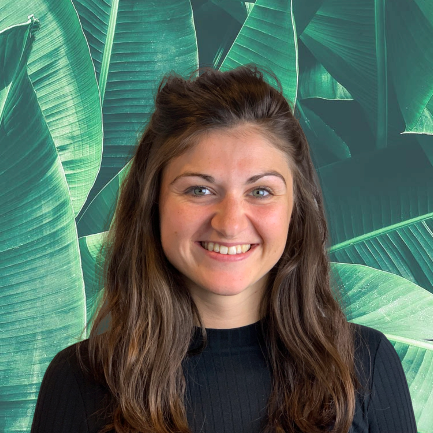How to manage the shift from in-person to remote management at your agency
It's important to be aware of the differences between face-to-face and remote interactions in order to maintain relationships and ensure your team is working well from home during the coronavirus (COVID-19) pandemic.
We’re currently living through a surreal moment in time: we’ve shifted indoors, moved out of our offices and have very little social contact outside of our homes. The change to working from home comes with perks like spending more time with loved ones and pets. It comes with a host of challenges, too.
One of those challenges is being aware of the differences between face-to-face and remote management and taking the steps to identify the behaviours needed to maintain a high-performing team. So, what’s the real difference between face- to-face and remote calls?
Facial expressions and body language
Even with the video on, it’s hard to get a full picture of how someone is feeling or expressing themselves on a call. Lag, blurry cameras, or having no camera on at all can all impact communications with your team.
In person, we have 'non-verbal cues' - like body language - which help us to communicate better. When we’re remote, we don’t - so 'verbal cues' - such as reflection - are even more important. Reflection involves mirroring back to someone in their own words that which they have said. This is especially important for clarity and helps when having emotive conversations. General verbal cues such as ‘mmhmm’ are also great to show you’re listening.
Empathy statements such as "I am sorry you are feeling that way", are useful for remote one-on-one conversations. They can help to build better relationships with reports and help others to feel listened to. Often, these can make up for the lack of eye contact, or nodding you'd receive face to face.
Managers should ensure they are creating a camera-on culture for all meetings. Meeting etiquette applies too. For example notifications should be off and you should type only when necessary. If you are typing, you should explain to your team that you are taking notes or rotate this responsibility within your team.
Goal clarity
Misunderstandings are much more likely to happen when chatting over video calls, whether that’s due to a loss of signal or getting wires crossed. While we are remote we are less likely to notice this until later; this is because we don’t see our teams every day doing the work they usually do, hearing them on the phones. This highlights the importance of shared notes, and constant summarising or clarification.
Another way to combat confusion, and to help with team cohesion later on is having a shared space for team goals. For example, sharing a spreadsheet where the whole team can see what each other are working on. Managers can use this monthly to see their teams' progress. Team members' will value seeing what others are up to and it'll help to build trust and morale within the team. Trust and morale is so important for team wellbeing whilst we're working from home.
Where possible try and avoid the phrases "do you understand?" or "is that clear?". Why? It’s very easy for someone to answer "yes" to a question. They may not have processed the information, or they may have misheard. Instead, try the phrase: "would you mind reflecting back to me your goals for this quarter?" That will allow them to process expectations, and take ownership of their goals. You can identify any misunderstanding at this stage, too.
By adding a few extra behaviours to our day we can have a great impact on helping our teams to feel supported. The more supported someone feels in their role the more likely they are to be productive and engaged.









